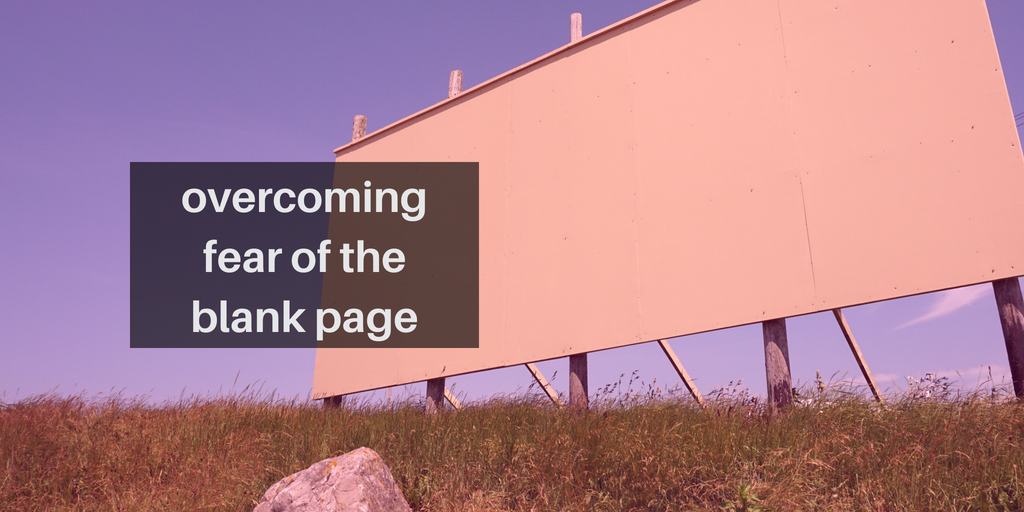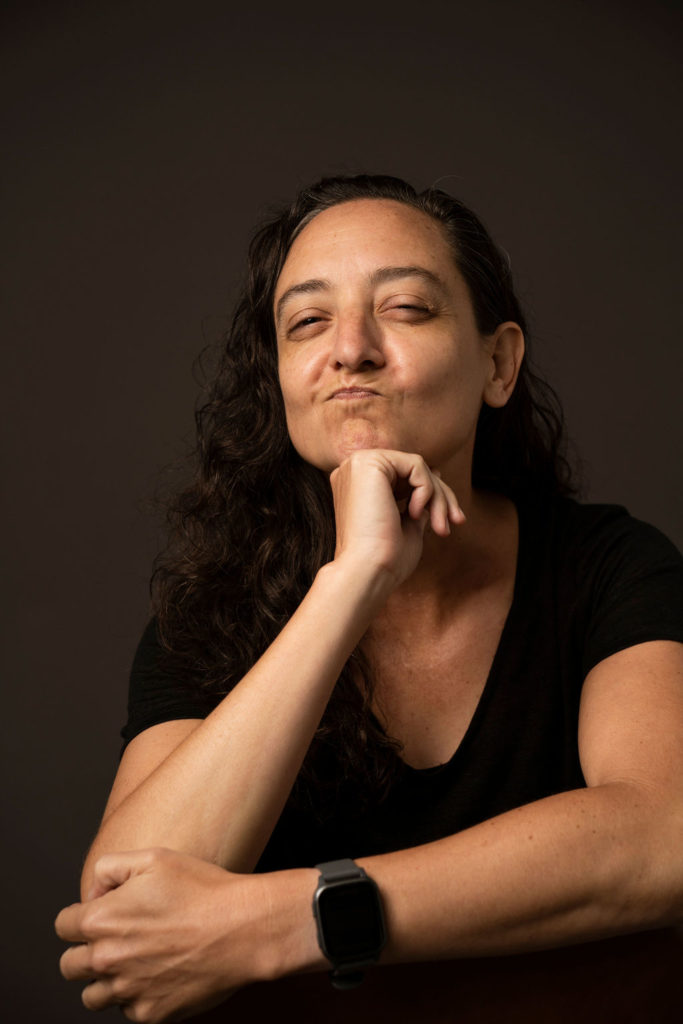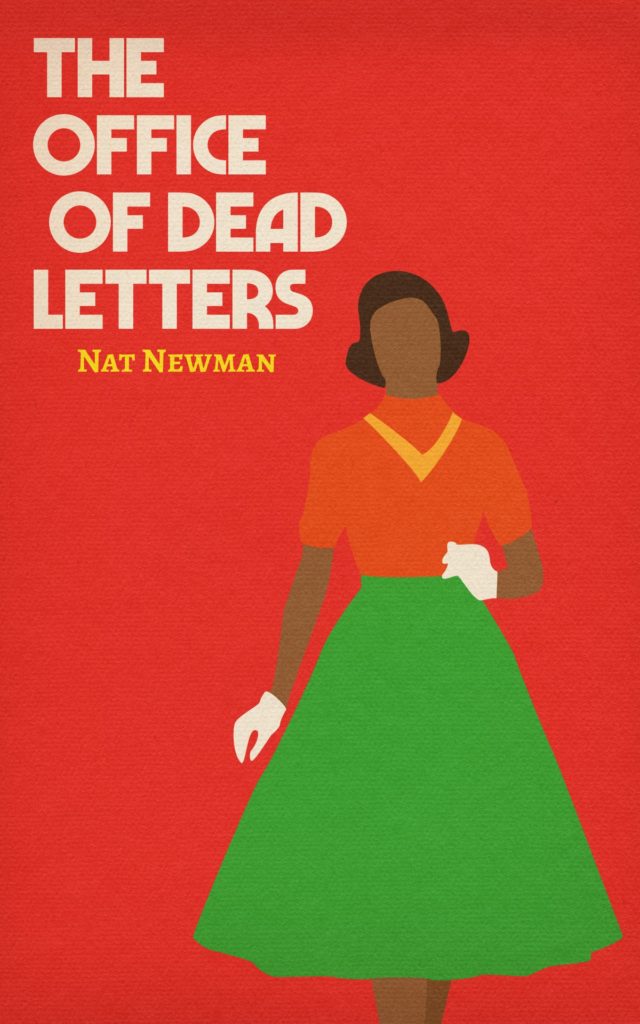Being in Europe brings home certain uncomfortable things – like how close war and despair can be. War here is such a scar on the landscape that it is difficult to ignore it. I’ve been in other places where it’s more painfully evident – Kosovo, Mostar, parts of Vietnam – but even in Western Europe which mostly enjoys relative peace and wealth, the dark smudge of a morally revolting movement and its resulting war is ever present.
Anyone with a high school education knows that 6 million Jewish people were murdered during the Holocaust of WWII. But other smaller minority groups were also persecuted – those with disabilities, Gypsies and homosexuals among them. We don’t often hear of these other groups, but governments and organisations across Europe are making a greater effort to make sure their stories are included in history and properly memorialised.
Almost without design, but by being in the ‘right’ neighbourhood in Berlin, I stumbled on this memorial to persecuted homosexuals.

Berlin had an active and vibrant gay and lesbian scene prior to the rise of the Third Reich, but the Nazis didn’t like the gays. Gays persecuted under National Socialism were forced to wear a pink triangle. In 1934 Hitler’s secret police ‘purged’ 500-700 ‘perverted’ men. He promised German mothers that “their sons would never be contaminated if they joined his Storm Troopers”.
Gay men from Berlin were sent to Sachsenhausen. The concentration camp was no Auschwitz, but it was still a harsh place. Sachsenhausen was primarily a camp for political prisoners, who were routinely humiliated and tortured, and many of the tortures were frankly bizarre.

In the overall atrocities of WWII the gays were a small group of persecuted peoples. Nonetheless, persecuted they were, and it’s important we remember them. There is also a large memorial in Berlin’s Tiergarten, and I think it is an important step.

When in Paris, I also found the Memorial to the Martyrs of the Deportation which memorialises the 200,000 people who were deported from France to German concentration camps. About half of the deportees were Jewish people and the remainder were political activists, gays and gypsies.
Whenever a memorial to persecuted gays pops up there are always critics who say that it is dangerous to equate the suffering of homosexuals with the routine and systematic genocide of Jewish people under the Nazi regime. Persecuted gays were a relatively small group of oppressed and tortured peoples but it’s important to remember that gays were also victims of Nazi persecution. Appallingly, the German gay men who were liberated from the camps still found themselves imprisoned because they were guilty of Paragraph 175 – the German law which made gay sex illegal (only voided in 1994). We must remember the suffering of our people and we must ensure that we are never treated that way again.
For more information about how gays are still being subject to grotesque affronts on their liberty, visit Amnesty.
For a complete list of memorials to homosexuals, visit this excellent page.




